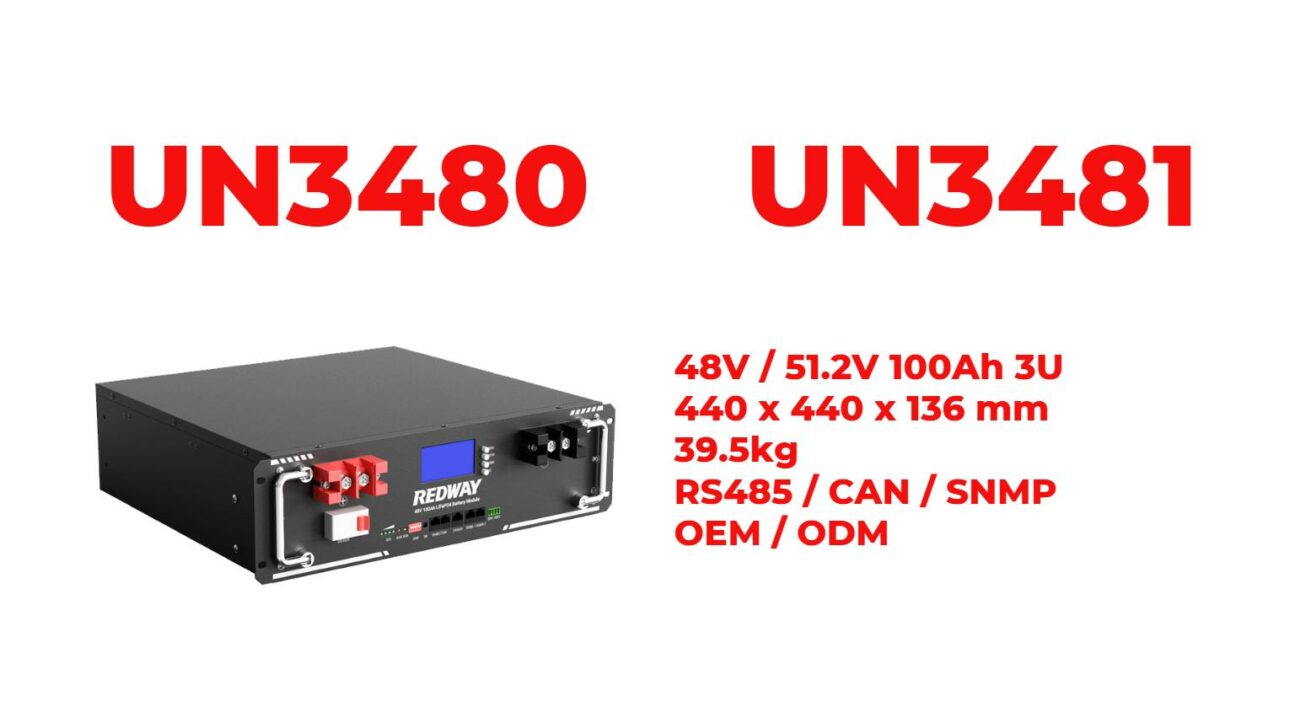Can You Use Any Battery with a Heated Vest?
Using the correct battery for a heated vest is crucial for optimal performance and safety. While some heated vests may allow for interchangeable batteries, many require specific types designed to meet their voltage and power needs. Always check compatibility to avoid damaging the vest or risking safety issues.
How can you determine if a battery is compatible with a heated vest?
To determine battery compatibility, check the manufacturer’s specifications for voltage and connector type. Most heated vests will specify the required battery voltage, such as 5V, 7.4V, or 12V. Using a battery that matches these specifications ensures proper function and safety. Additionally, some brands offer proprietary connectors that must be matched with the corresponding battery.
| Compatibility Factor | Description |
|---|---|
| Voltage | Must match the vest’s requirements (e.g., 5V, 7.4V) |
| Connector Type | Must fit the specific plug used by the vest |
| Amperage Rating | Should meet or exceed the vest’s power needs |
What types of batteries are commonly used in heated vests?
Heated vests commonly utilize several types of batteries based on their design:
- 5V USB Batteries: Often used in lighter, more portable heated vests; can also charge other devices.
- 7.4V Batteries: Typically found in mid-range heated apparel; offers a balance between weight and heating performance.
- 12V Batteries: Used in high-performance heated garments; provides stronger heating capabilities but is generally heavier.
| Battery Type | Voltage | Typical Use Case |
|---|---|---|
| 5V | 5V | Lightweight vests, portable use |
| 7.4V | 7.4V | Mid-range performance apparel |
| 12V | 12V | Heavy-duty, high-performance gear |
Why is it important to use manufacturer-approved batteries?
Using manufacturer-approved batteries is essential because they are specifically designed to work with the heating elements and electronics of the vest. These batteries ensure optimal performance, safety features, and longevity. Incompatible batteries can lead to overheating, reduced heating efficiency, or even damage to the vest’s internal components.
How do voltage and amperage affect battery compatibility?
Voltage must match the requirements of the heated vest; using a higher voltage battery can damage the electronics or create safety hazards. Amperage affects how long the battery will last; a higher capacity (measured in mAh) means longer usage time but must still align with what the vest can handle without overheating.
| Factor | Importance |
|---|---|
| Voltage | Must match to prevent damage |
| Amperage | Affects runtime; must be within safe limits |
What are the risks of using an incompatible battery with a heated vest?
Using an incompatible battery can pose several risks:
- Overheating: Mismatched voltage can cause excessive heat buildup.
- Electrical Failure: Incorrect amperage may lead to malfunctioning heating elements.
- Safety Hazards: Risk of short circuits or fires if safety mechanisms are bypassed.
Industrial News
The market for heated clothing continues to grow as advancements in battery technology enhance safety and efficiency. Manufacturers are increasingly focusing on developing batteries that not only provide adequate power but also incorporate smart features like temperature regulation and overheat protection. This trend reflects consumer demand for reliable, safe solutions for outdoor activities in cold weather.
Expert Views
“Choosing the right battery for your heated vest is not just about convenience; it’s a matter of safety,” says Dr. Lisa Reynolds, an expert in wearable technology. “Using manufacturer-approved batteries ensures that your garment operates efficiently while minimizing risks associated with overheating or electrical failure.”
FAQ Section
- Can I use any USB power bank with my heated vest?
Not all USB power banks are compatible; ensure it meets the voltage requirements specified by your vest’s manufacturer. - What happens if I use a higher voltage battery?
Using a higher voltage battery can damage your heated vest’s electronics and pose safety hazards. - Are there universal batteries for heated vests?
Some brands offer universal batteries compatible with multiple models, but always verify compatibility before use. - How do I know if my battery is failing?
Signs include reduced heating performance, longer charging times, or physical damage to the battery casing.

